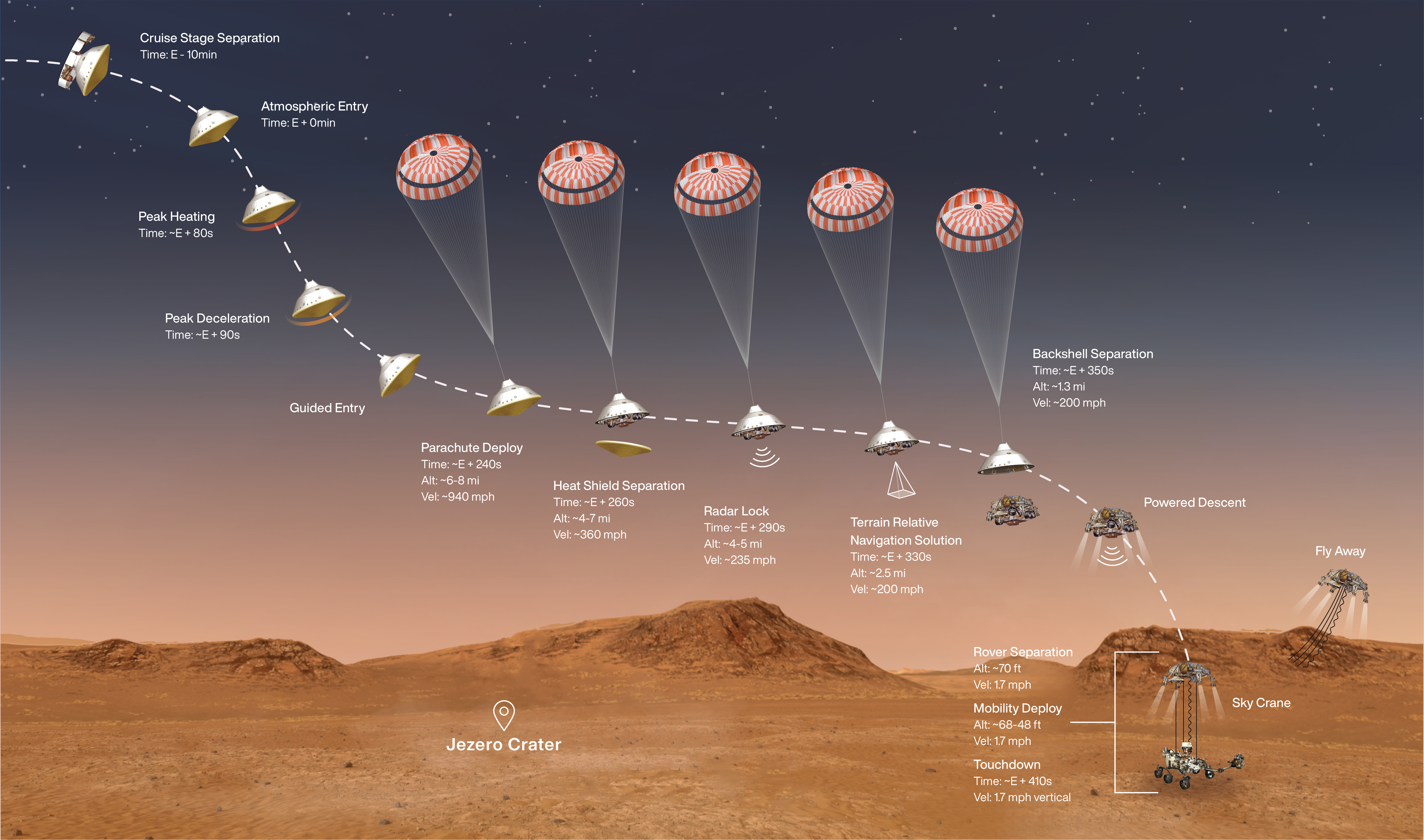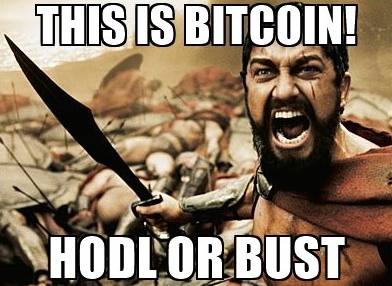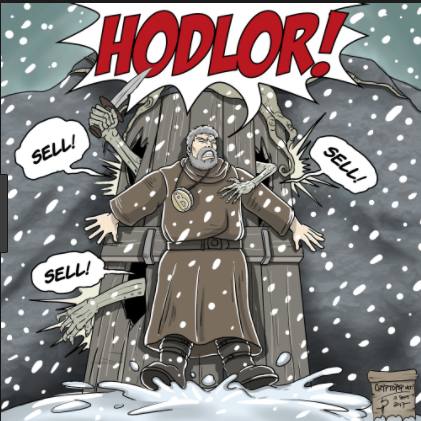Clearly Tesla is not a Ponzi scheme (Ponzis pay dividends), but that
doesn't mean that Elon Musk isn't using some similar methods to achieve a
level of success that the 1920s con artist could only dream of.
Two of the defining aspects of a Ponzi scheme are:
1. Claim to have discovered a fantastic investment opportunity;
2. Tell investors you are putting their money into that investment when all of it is actually going somewhere else.
Part of the genius of the approach is that discussions about the feasibility of the proposed investment can distract from the fact that the investment isn't being made. It was obvious even at the time that Charles Ponzi wasn't trading international reply coupons on any serious level, but the details of the imaginary arbitrage scheme was so intriguing that other questions were ignored.
The valuation of Tesla has now reached the point where the bulls have had to abandon any arguments claiming that the price can be justified by future automobile sales even assuming market dominance. The new narrative is that cars are just the beginning, that under Musk, the company is on the verge of world-changing breakthroughs in fields including but by no means limited to robo-taxis, AI, battery technology, HVAC, lithium mining, and that old standby, flying cars.
If these revolutionary just-around-the-corner technologies are the IRCs of Tesla, how can we check to see if the investments are actually being made?
Let's start with a little context.
Six Car Makers Make the List of Top 20 R&D Spenders
Volkswagen poured $12.1 billion into research and development in 2017,
a decline from $12.5 billion last year, but still propelling the German
automaker into fifth place in a ranking of global companies by their
R&D expenditures.
Amazon stood at the top of the heap with the online retailer's $16.1 into R&D, according to the Global Innovation 1000 report from PricewaterhouseCoopers.
Number 11, Toyota's R&D spending in 2017 came to $9.3 billion, dropping from $9.5 billion in 2016.
In the 13th slot, General Motors devoted $8.1 billion to R&D this year, up from $7.5 billion last year.
Next up among automakers, Ford held the 15th spot, with $7.3 billion in R&D spending, an increase from $6.7 billion in 2016.
Daimler's
$6.9 billion (up from $6.3 billion in 2016) put it in the 16th slot,
and Honda's $6.2 billion had it near the bottom, ranking 19. It spent
$5.9 billion on R&D in 2016.
Here are the top 25 innovators from that PwC report. The automotive industry is well represented.
But if you're looking for Tesla, you'll have to scroll down a bit.
Of course, Tesla is more profitable now, its value has increased by more than an order of magnitude and its agenda is far more ambitious than it was two years ago. Here's how the company reacted.
There is a big jump, but it's the same one shown in the PwC report. (I assume the 2018 in the innovation study refers to the report date.) Tesla R&D spending has been largely flat for the past four years, still a fraction of any of its major competitors.
You can make arguments about the R&D budget not being that small relative to revenue, but if we start judging Tesla on those terms, it becomes impossible to justify the valuation and if you assume the company really is working on all those spectacular breakthroughs, it becomes impossible to explain the R&D investment.
We've spent a lot of time asking can Elon Musk change the world with Tesla. Perhaps we should have been asking is he even trying?
P.S. In unrelated news...
Musk Nears Second Part Of $55 Billion Bonus Package
Isabel Togoh
Updated Jul 22, 2020, 11:14am EDT
Tesla CEO Elon Musk is close to securing the second tranche of his $55 billion bonus package following the company’s astronomical share price rise, which if reached, will see him to gain an extra $2.1 billion through a newly released 1.69 billion stock options.








